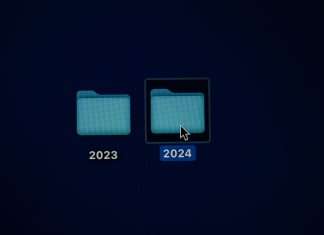In a recent post by Custodia, the firm detailed how to achieve data accuracy and efficiency with CC1’s reconciliation process.
In the dynamic realm of data-driven decision-making, the pillars of success rest heavily upon the accuracy and reliability of data.
The role of data reconciliation emerges as crucial, acting as a protector of data integrity, consistency, and accuracy. It’s not merely a procedural checkbox but a pivotal necessity, assuring that transformed raw data matures into actionable insights.
Notably, CC1 has marked its prominence by uplifting the standards of this vital process.
The meticulous procedure of data reconciliation involves the comparison and alignment of data from disparate sources to identify and rectify discrepancies and errors. It requires a strategic blend of data collection, transformation, comparative analysis, discrepancy investigation, and validation of the rectified data. Essentially, it serves as a pivotal bridge, linking fragmented data streams and metamorphosing them into a unified, reliable information source.
Reconciliation plays an indispensable role in various crucial aspects: detecting anomalies, preventing fraud through the identification of data inconsistencies, ensuring regulatory compliance, streamlining operations by mitigating errors, enhancing data quality through consistent verification, and bolstering informed decision-making by guaranteeing that decisions are grounded in reliable data.
CC1 distinguishes itself in the sphere of data reconciliation through several innovative features. Its approach to near real-time reconciliation ensures that discrepancies are addressed almost instantaneously, thereby minimising disruptions and potential data loss. Moreover, CC1 not only validates communication data but also enhances it by integrating insights from other business data, such as CRM and HR systems, ensuring thorough and reliable data reconciliation.
CC1 offers a unique, singular layer of assurance that spans across an organisation’s entire compliance estate. This allows CC1 to provide uniform governance and compliance oversight across all compliance data, eradicating the necessity for various reconciliation processes for different systems.
Capable of handling hybrid deployments and ensuring every communication modality complies with rigorous governance and compliance regulations, CC1 allows organisations to navigate digital transformation at their own pace while safeguarding stringent compliance norms and ensuring data precision across all platforms.
Chief technology officer at Custodia, Fernando Cacere, laid emphasis on the criticality of reconciliation, stating, “Data accuracy and efficiency are essential in today’s data-driven world. Custodia’s near real-time reconciliation acts as the guardian of data integrity, consistency, and reliability and is enriched with diverse golden data sources for a robust verification process. Our assurance layer simplifies data management providing standardised governance and compliance oversight across your compliance estate.”
CC1 has demonstrated not just the assurance of data accuracy, but also a simplification of the entire data management journey for businesses in a digitally-dominated era. Through providing near real-time reconciliation, enriching data sources, and offering a consolidated layer of assurance, CC1 demystifies the intricacies commonly linked with data management, ensuring data remains effortlessly accessible for governance reporting, insights, AI, and machine learning.
Read the full post here.
Keep up with all the latest FinTech news here.
Copyright © 2023 FinTech Global











